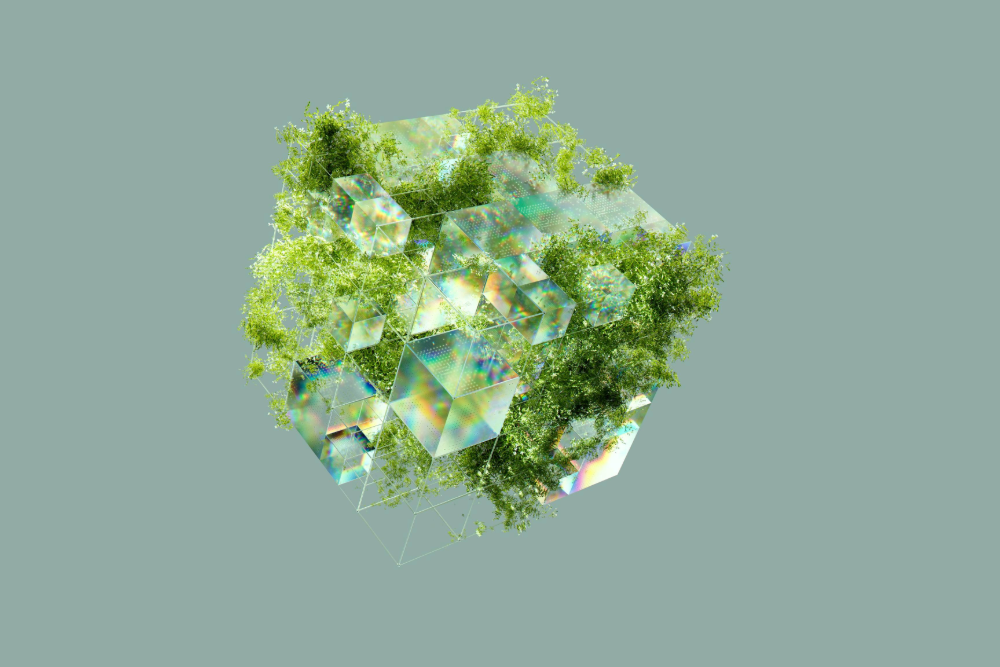
April may be Earth Month, but the pursuit of green innovation never stops at Purdue University. In honor of all the critical, planet-saving work by Hoosier researchers, explore just a few eco-friendly inventions discovered and disclosed at Purdue.
Currently, 90% of old or used plastic waste ends up in a landfill or as litter. This new technology can recycle plastic waste into useful materials by converting more than 90% of plastic waste into pristine polymers, clean fuels or monomers.


Researchers at Purdue have developed “living wood”, a new type of wood composite material to be used in sustainable construction. It will transform the dead wood into a new living, strong, carbon capturing and self-healing composite by incorporating microorganisms within the wood as bioinks.
This technology utilizes native silk fibers and cocoons produced by silkworms to make optical biomaterials for implantable optical devices and their components. This new technology presents many possibilities including scalable production, embedded devices and biosensors.

Researchers have developed a method to improve the production of hydrogen from food waste using yeast. This technology can be easily multiplexed with solar thermal technology to make a stand-alone power source in addition to being a clean fuel source and having numerous applications in the agro-food industry.
Research at Purdue has led to the discovery of a newer, more effective method of degradation of microsystins. This technique combines the decontamination treatment of chlorination and UV radiation at levels beyond the range of operating conditions of a normal water treatment facility and holds significant weight for the future of drinking water purity.


This development of an inexpensive and reliable method to provide more accurate and timely information about changing wind profiles to the controllers of wind turbines means the turbines can maximize efficiency in low wind conditions while also protecting the wind turbine from stress damage due to high winds.
Solar panels will shut down absorb excess energy from connected cells when in the shade. This new radial layout assures that a shadow will shade many cells at once, allowing the reverse voltage to distribute across the shaded cells.


Researchers have developed a new technology that allows for the conversion of glycerol to hydrocarbon. This natural technology can be used in many ways, including providing environmentally friendly, renewable energy.
This wall-mounted, digital thermostat connects with the MySmartE energy management app to provide custom action recommendations based on each household’s energy usage. It also promotes energy conservation through a collaborative, community-level game among residents.


This system captures CO2 from the air and makes calcium carbonate for cement or other applications. The technology uses a wind turbine to capture CO2 and provide the energy to a liquid filter system that absorbs CO2 by injecting polluted air from point sources or other air with concentrated CO2 into a water-calcium hydroxide solution.
Wastewater treatment plants use cleaning membrates to meet safety and quality standards. A new cleaning process developed at Purdue uses an enzyme to degrade the polysaccharides that have built up on the membrane. This method is cost effective by eliminating the need for expensive chemical cleaners or membrane replacement.

The Convergence Center for Innovation and Collaboration 101 Foundry Dr, West Lafayette, IN 47906, 765-588-3470
Trouble with this page? Please contact Purdue Research Foundation by Phone, 765-588-3470, or FAX, 765-463-3501.